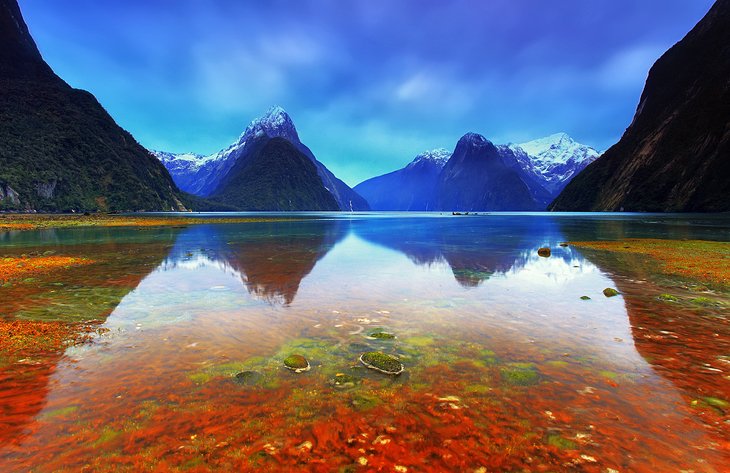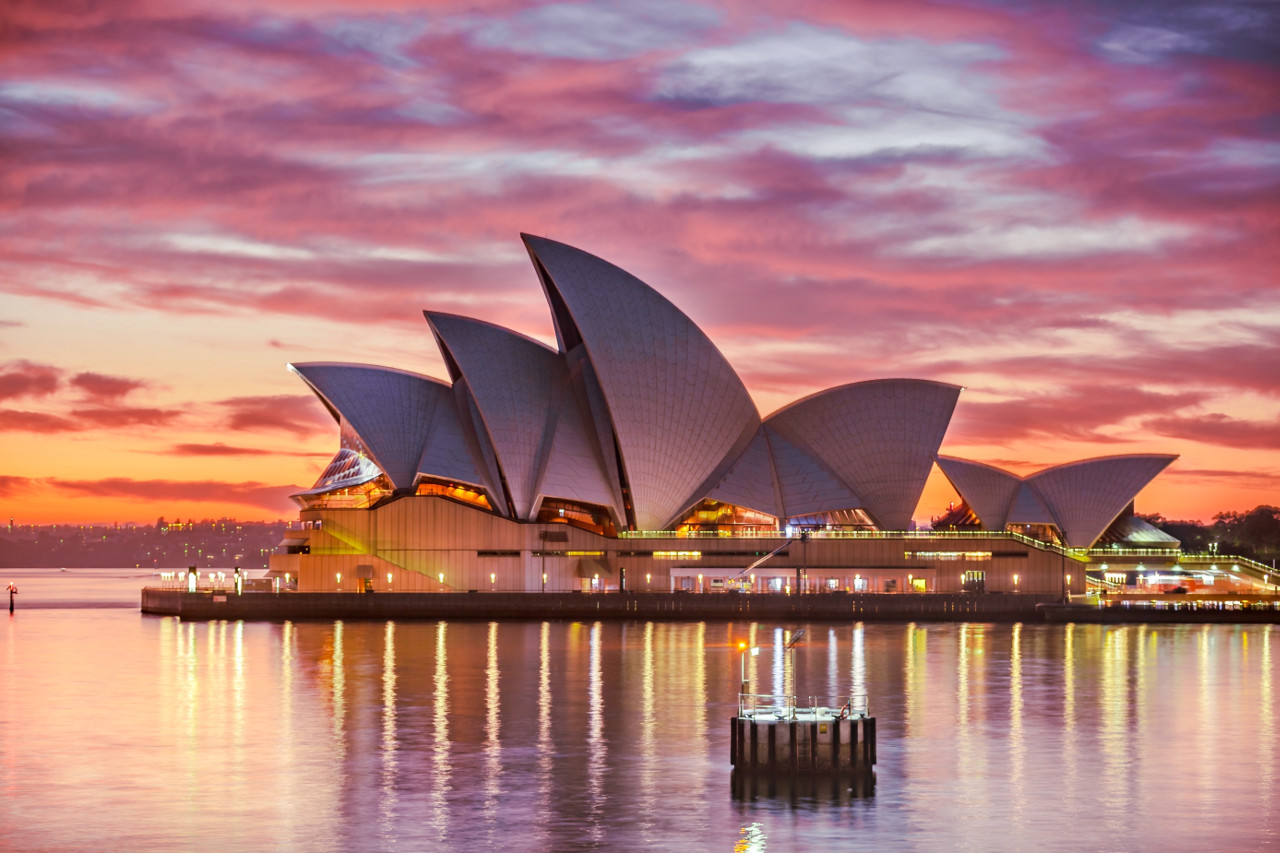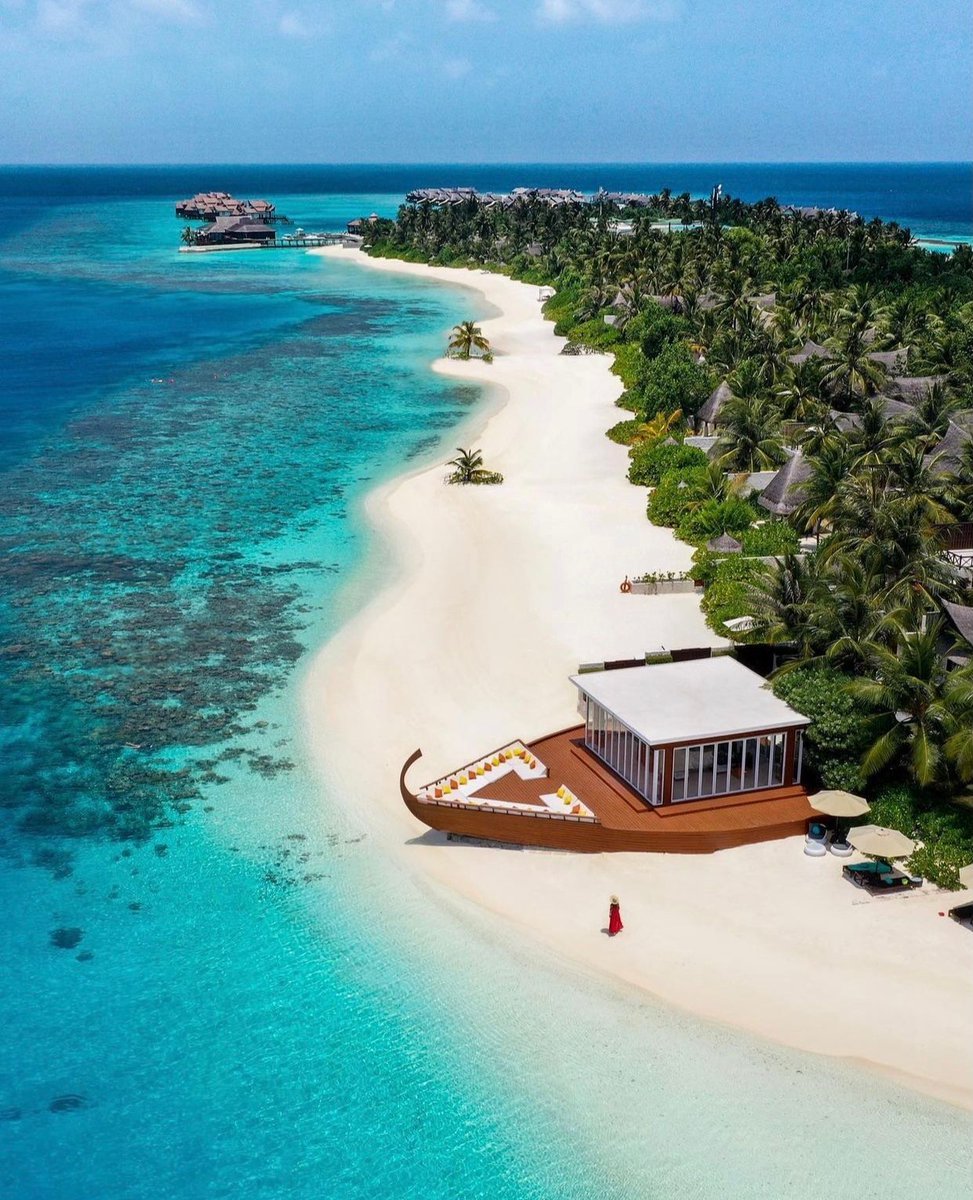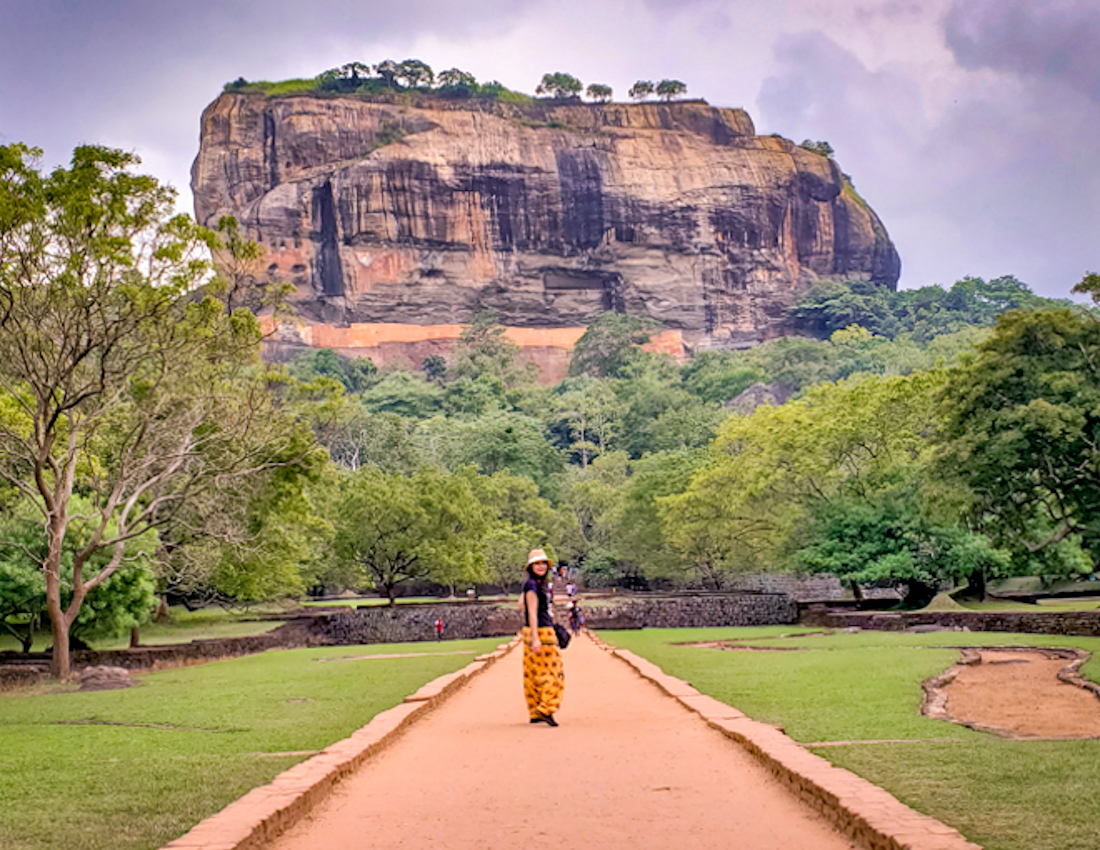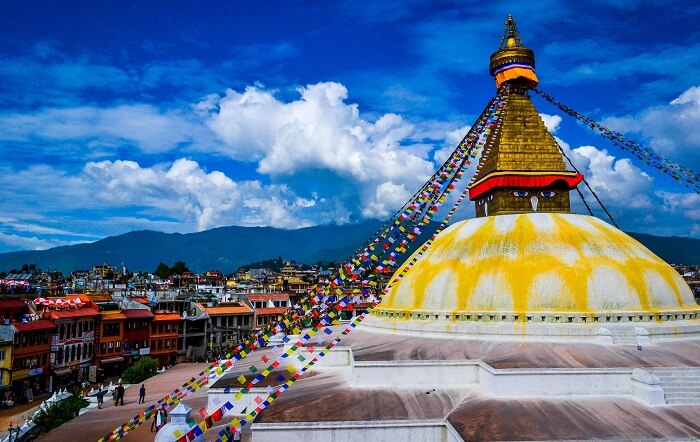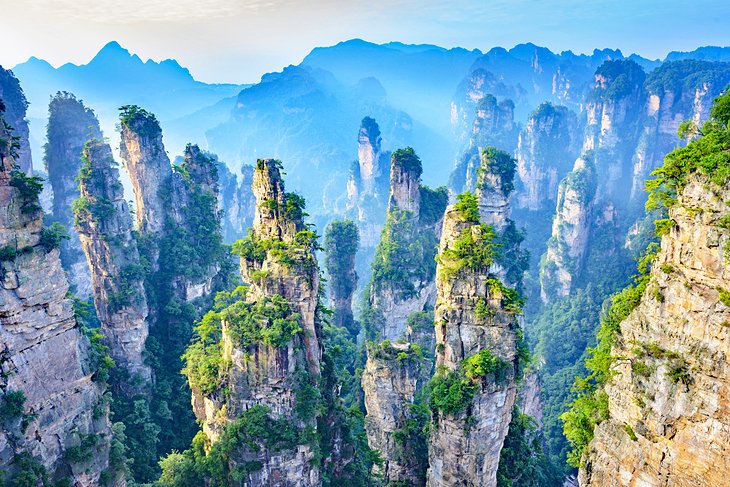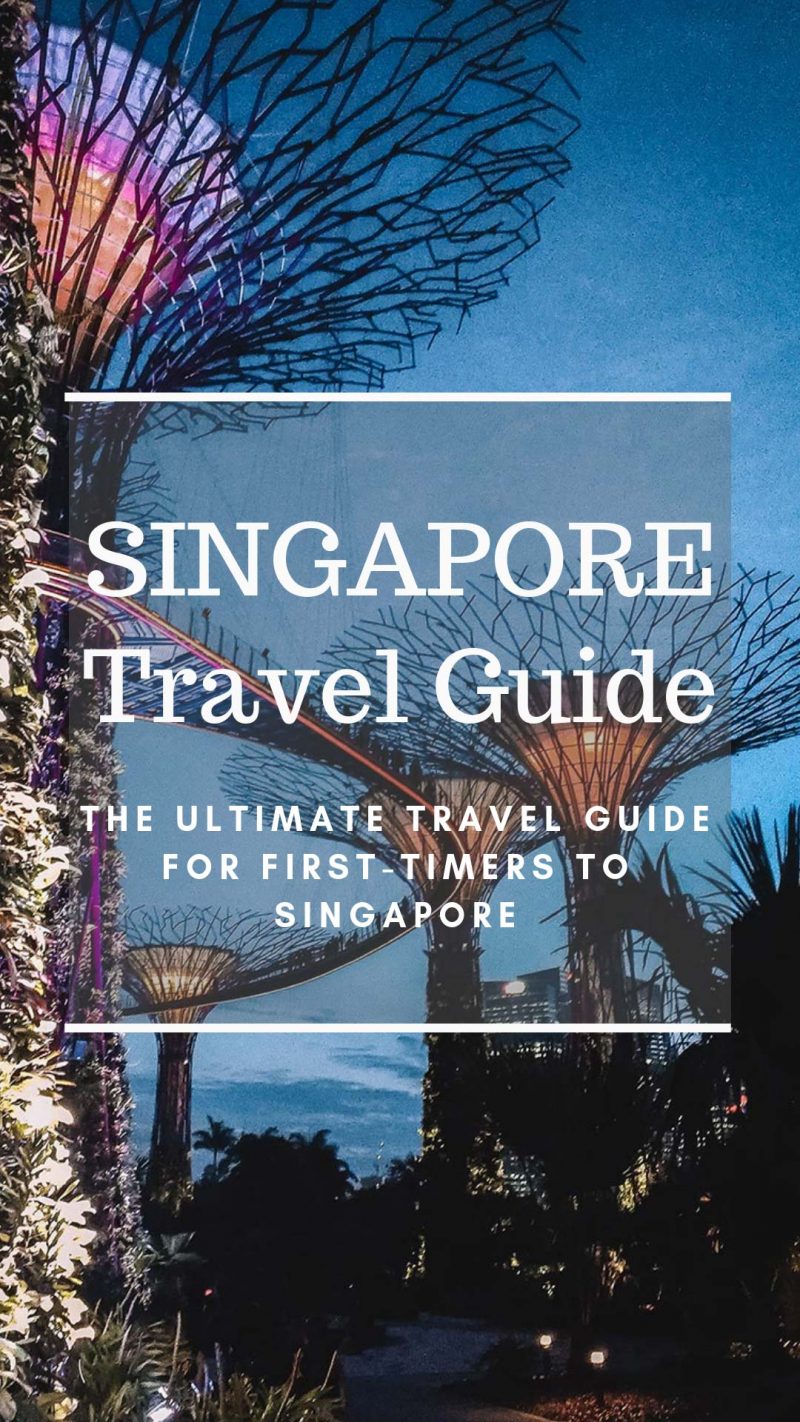
Singapore, a glittering jewel on the equator, defies its small size with a colossal personality. A vibrant tapestry woven from diverse cultures, futuristic architecture, lush greenery, and a mouth-watering culinary scene, the Lion City has transformed from a humble fishing village into a global powerhouse and a top-tier tourist destination. This comprehensive guide will equip you with everything you need to navigate Singapore, from its fascinating past to its dazzling present, ensuring an unforgettable journey into the heart of Southeast Asia’s most sophisticated city-state.
A Glimpse into Singapore’s Rich History
To truly appreciate modern Singapore, one must first understand the remarkable journey that forged it. For centuries, the island was known as Temasek ("Sea Town") and was a trading outpost under various regional empires, including the Srivijayan empire. Its strategic location at the crossroads of major shipping routes always hinted at its potential.
Related Articles about The Lion City’s Roar: Your Ultimate Travel Guide to Singapore:
- Echoes of Antiquity and Azure Dreams: Your Ultimate Guide to the Top Things to Do in Greece
- Germany: A Journey Through History, Culture, and Fairytale Landscapes
- Switzerland: The Ultimate Travel Guide to Alpine Majesty and Urban Charm
- A Journey Through Time and Taste: Your Ultimate Guide to Italy
- Indonesia: A Journey Through the Archipelago of Wonders
The pivotal moment arrived in 1819 when Sir Stamford Raffles, an agent of the British East India Company, established a trading post on the island. Recognizing its deep harbour and strategic position, Raffles quickly developed Singapore into a thriving free port, attracting traders and migrants from across Asia and beyond. This influx of diverse communities laid the foundation for Singapore’s multicultural identity.
During World War II, Singapore fell to the Japanese in 1942, a devastating period that lasted three and a half years and profoundly impacted the local population. After the war, the island returned to British rule, but the seeds of independence had been sown. Singapore gained self-governance in 1959, with Lee Kuan Yew becoming its first Prime Minister. In 1963, it briefly merged with the Federation of Malaya, Sabah, and Sarawak to form Malaysia, but political differences led to its separation in 1965, becoming an independent republic against considerable odds.
From that challenging start, Singapore embarked on an extraordinary trajectory of economic development. Under the visionary leadership of Lee Kuan Yew and subsequent governments, it transformed into a global financial hub, a technological innovator, and a beacon of urban planning, overcoming its lack of natural resources through ingenuity, strategic foresight, and a steadfast commitment to education, infrastructure, and good governance. Today, Singapore stands as a testament to human resilience and ambition, a futuristic city rooted in a rich and complex past.
Top Attractions: Iconic Sights and Hidden Gems
Singapore’s attractions are as diverse as its population, offering everything from futuristic marvels to serene natural escapes and cultural enclaves.
The Marina Bay Precinct: This is Singapore’s crown jewel, a masterclass in urban planning.
- Marina Bay Sands (MBS): An architectural icon, MBS features a luxury hotel, a high-end shopping mall (The Shoppes), a casino, and the famous ArtScience Museum. Ascend to the Sands SkyPark Observation Deck for unparalleled panoramic views of the city skyline, especially stunning at sunset.
- Gardens by the Bay: Directly behind MBS, this futuristic park is a horticultural wonder. Its colossal Supertree Grove comes alive with a mesmerizing "Garden Rhapsody" light and sound show every evening. Explore the two cooled conservatories: the Cloud Forest, home to a towering indoor waterfall and diverse plant life from tropical highlands, and the Flower Dome, a vibrant display of flora from Mediterranean and semi-arid regions.
- Helix Bridge & ArtScience Museum: These add to the precinct’s artistic and architectural allure.
Sentosa Island: The State of Fun: A resort island dedicated to entertainment, accessible via cable car, monorail, or pedestrian boardwalk.
- Universal Studios Singapore: Thrilling rides and themed zones based on blockbuster movies.
- S.E.A. Aquarium: One of the world’s largest aquariums, home to over 100,000 marine animals.
- Adventure Cove Waterpark: Exciting water slides and marine encounters.
- Palawan, Siloso, and Tanjong Beaches: Relax by the sea, enjoy beach clubs, or partake in water sports.
Cultural Enclaves: Immerse yourself in Singapore’s multicultural soul.
- Chinatown: A vibrant district with traditional shophouses, bustling markets (like Maxwell Food Centre), temples (Sri Mariamman Temple, Buddha Tooth Relic Temple), and an array of eateries.
- Little India: A kaleidoscope of colours, sounds, and aromas. Explore Mustafa Centre (24-hour shopping), enjoy authentic Indian cuisine, and visit ornate temples (Sri Veeramakaliamman Temple).
- Kampong Glam: Singapore’s historic Malay-Muslim quarter, centered around the majestic Sultan Mosque. Discover charming boutique shops, Middle Eastern cuisine, and vibrant street art.
Nature and Wildlife:
- Singapore Botanic Gardens: A UNESCO World Heritage Site, this sprawling oasis is perfect for a leisurely stroll. Don’t miss the stunning National Orchid Garden.
- Singapore Zoo, Night Safari, River Wonders (formerly River Safari), and Bird Paradise (formerly Jurong Bird Park): Located in Mandai, these world-class wildlife parks offer unique animal encounters, with the Night Safari being a pioneering experience for nocturnal animal observation.
Shopping and Arts:
- Orchard Road: Singapore’s premier shopping belt, lined with luxury malls, department stores, and designer boutiques.
- National Gallery Singapore: Housed in beautifully restored colonial buildings, it boasts an impressive collection of Southeast Asian art.
- Asian Civilisations Museum: Explores the diverse cultures and heritage of Asia through various artifacts.
Savouring the Lion City: A Culinary Journey
Singapore is a gastronomic paradise, a melting pot of Chinese, Malay, Indian, and Western influences, producing a unique "Singaporean" flavour. The heart of its food scene lies in its hawker centres, open-air complexes offering an incredible variety of affordable, high-quality dishes.
Must-Try Hawker Dishes:
- Hainanese Chicken Rice: Singapore’s unofficial national dish – fragrant rice cooked in chicken broth, succulent steamed or roasted chicken, and a trio of essential sauces (chilli, ginger, dark soy).
- Laksa: A rich, spicy coconut milk-based noodle soup, often with prawns, fish cake, and cockles. Katong Laksa is a famous variant.
- Chilli Crab/Black Pepper Crab: Iconic seafood dishes, best enjoyed with fluffy mantou (fried buns) to soak up the sauce.
- Satay: Skewered and grilled meat (chicken, beef, mutton) served with a peanut dipping sauce, cucumber, and onion. Lau Pa Sat is a famous spot for satay.
- Hokkien Mee: Stir-fried noodles (yellow noodles and vermicelli) with prawns, squid, pork belly, and bean sprouts in a rich stock.
- Char Kway Teow: Flat rice noodles stir-fried with cockles, Chinese sausage, eggs, and bean sprouts in dark soy sauce.
- Kaya Toast & Kopi/Teh: A quintessential Singaporean breakfast – toast slathered with coconut jam (kaya) and butter, often served with soft-boiled eggs and local coffee (kopi) or tea (teh).
Beyond the Hawker Centres:
Singapore also boasts an impressive fine dining scene, with numerous Michelin-starred restaurants and celebrity chef establishments. For a unique experience, explore the rooftop bars at Marina Bay Sands or along the Singapore River for cocktails with a view. Don’t forget to try local desserts like Ice Kacang (shaved ice with sweet toppings) and Chendol (coconut milk, green jelly noodles, and palm sugar).
Navigating Singapore: Transportation Made Easy
Getting around Singapore is remarkably efficient, thanks to its world-class public transportation system.
- MRT (Mass Rapid Transit): The subway system is clean, fast, air-conditioned, and extensive, connecting virtually every major attraction and neighbourhood. It’s the most recommended way to travel.
- Buses: An excellent complement to the MRT, buses cover areas not reached by the subway and offer scenic routes.
- Taxis and Ride-Hailing: Taxis are readily available and metered. Ride-hailing services like Grab are popular and convenient, especially for late-night travel or direct routes.
- EZ-Link Card: Purchase an EZ-Link stored-value card at any MRT station or convenience store. It can be used on MRT, buses, and even for some retail purchases, offering discounted fares compared to single-trip tickets. Alternatively, many contactless credit/debit cards can be used directly for public transport.
- Walking: For shorter distances, especially within precincts like Marina Bay or the cultural enclaves, walking is a great way to explore and discover hidden gems.
- Changi Airport (SIN): Consistently ranked among the world’s best airports, Changi is a destination in itself. It’s seamlessly connected to the city centre via MRT (East-West Line) and taxis/ride-hailing.
Travel Tips for a Seamless Singaporean Adventure
To ensure your trip is smooth and enjoyable, keep these practical tips in mind:
- Currency: The local currency is the Singapore Dollar (SGD). Credit cards are widely accepted, but it’s good to carry some cash for hawker centres and smaller shops.
- Language: English is one of the four official languages (alongside Malay, Mandarin, and Tamil) and is widely spoken, making communication easy for visitors.
- Climate: Singapore has a tropical rainforest climate – hot and humid year-round, with average temperatures around 27-32°C (81-90°F). Expect sudden, heavy downpours, especially during the monsoon seasons.
- What to Pack: Light, breathable clothing (cotton, linen) is essential. Bring comfortable walking shoes, a reusable water bottle, sunscreen, a hat, and an umbrella or light raincoat for unexpected showers.
- Connectivity: Purchase a local SIM card upon arrival at Changi Airport or from convenience stores for affordable data and calls. Wi-Fi is widely available in hotels, malls, and many public spaces.
- Safety: Singapore is one of the safest cities in the world, with low crime rates. However, always exercise common sense and be aware of your surroundings.
- Etiquette & Laws: Singapore has strict laws. Jaywalking, littering, and chewing gum (import and sale) are prohibited and carry hefty fines. Smoking is restricted to designated areas. While tipping is not customary and not expected in most places, a service charge is often included in restaurant bills.
- Water: Tap water is safe to drink.
- Plug Type: Type G (three-pin rectangular) with 230V, 50Hz. Bring a universal adapter.
Best Time to Visit Singapore
Given its equatorial location, Singapore experiences consistent tropical weather year-round, meaning there isn’t a "bad" time to visit in terms of temperature. However, there are nuances:
- Peak Season (December to June): This period generally sees slightly less rainfall and can be popular due to various festivals (Christmas, New Year, Chinese New Year, Vesak Day). The Singapore Art Week (January) and Singapore Food Festival (July) are also popular draws.
- Monsoon Seasons:
- Northeast Monsoon (December to early March): Characterized by heavier, more frequent rainfall, often prolonged.
- Southwest Monsoon (June to September): Generally drier but can experience occasional afternoon thunderstorms.
- Shoulder Seasons (April-May, September-November): These months can offer a good balance of fewer crowds and generally pleasant weather, though humidity remains high. The Great Singapore Sale (June-July) is a major shopping event.
Ultimately, the best time depends on your priorities. If you prefer avoiding rain, aim for the drier months. If festivals are your interest, align your visit accordingly. With abundant indoor attractions, Singapore is a fantastic destination regardless of the weather.
Where to Stay: Accommodation Options for Every Traveller
Singapore offers a vast array of accommodation, from luxurious five-star hotels to charming boutique guesthouses and budget-friendly hostels. Your choice will largely depend on your budget and what kind of experience you’re seeking.
- Marina Bay: For unparalleled luxury and iconic views, this area is home to the Marina Bay Sands, The Fullerton Hotel, and Mandarin Oriental. Ideal for those seeking a premium experience and proximity to major attractions.
- Orchard Road: Perfect for avid shoppers, this district boasts numerous upscale hotels like the Grand Hyatt, Hilton Singapore Orchard, and Four Seasons Hotel Singapore, offering easy access to luxury boutiques and malls.
- Civic District / Colonial Core: Steeped in history and culture, areas around City Hall and Clarke Quay offer elegant hotels like Raffles Hotel Singapore, Fairmont Singapore, and Swissôtel The Stamford, close to museums, theatres, and the Singapore River.
- Cultural Enclaves (Chinatown, Little India, Kampong Glam): These vibrant neighbourhoods offer a mix of boutique hotels, heritage guesthouses, and budget accommodations. They are great for travellers seeking cultural immersion, unique charm, and local eateries. Examples include Hotel G, Parkroyal Collection Pickering, and The Sultan.
- Sentosa Island: For a resort-style getaway, Sentosa offers a range of options, from family-friendly resorts like Resorts World Sentosa to luxurious beachside retreats. Ideal if you plan to spend most of your time on the island’s attractions.
- Hostels and Budget Hotels: Scattered across the city, particularly in areas like Lavender, Bugis, and the cultural districts, these options cater to backpackers and budget-conscious travellers, offering clean and functional stays.
Conclusion
Singapore is more than just a city; it’s an experience. A dynamic hub where tradition gracefully meets innovation, where lush parks coexist with towering skyscrapers, and where a culinary adventure awaits at every turn. From its humble beginnings to its current status as a global icon, the Lion City invites you to explore its captivating history, indulge in its world-class attractions, and savour its unparalleled flavours. Pack your bags, embrace the humidity, and prepare to be enchanted by the vibrant roar of Singapore.



